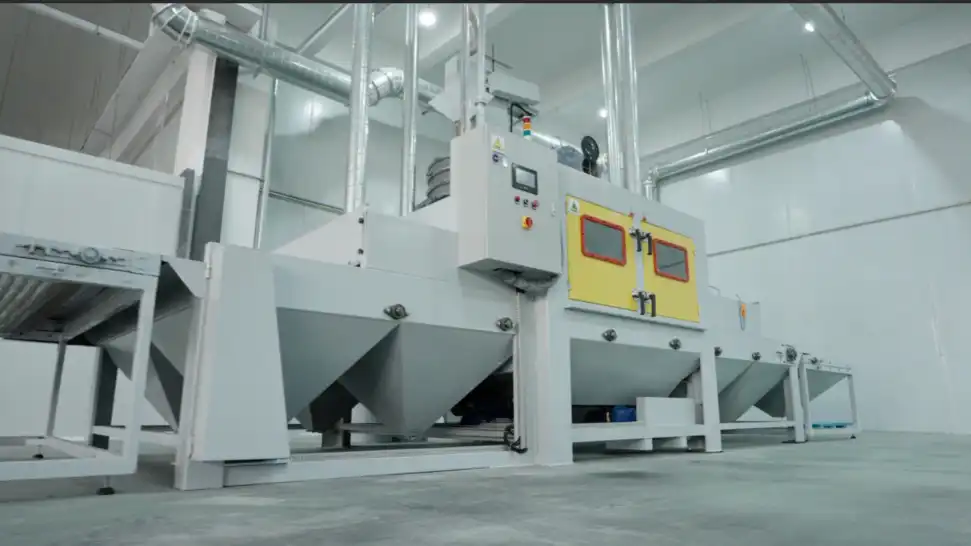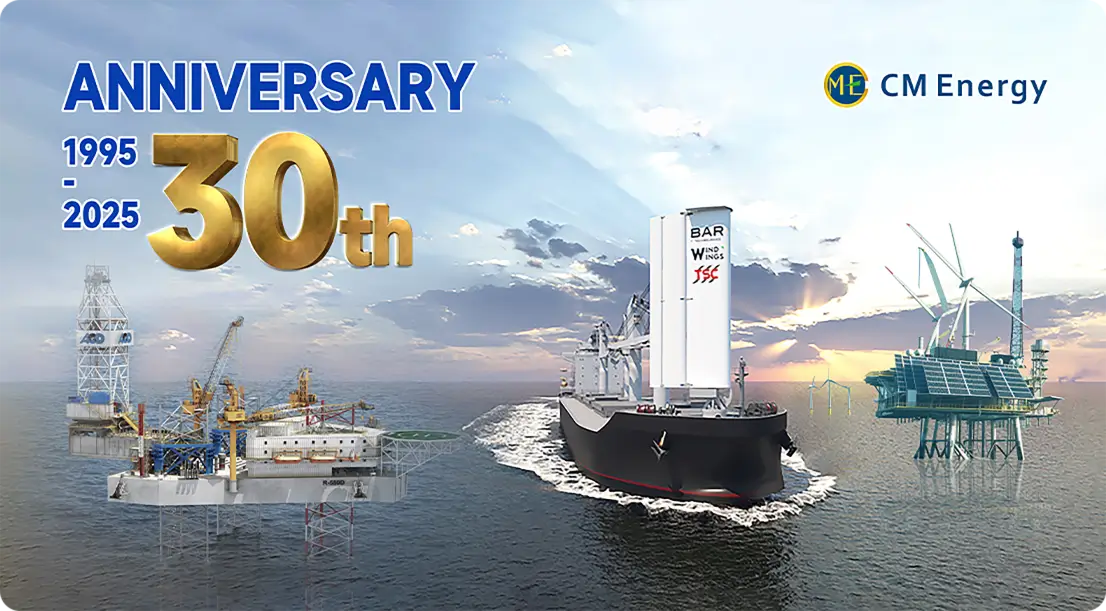At its core, the ALK system consists of several key components working in harmony to produce hydrogen efficiently. These include a power supply system, an electrolyzer, a Balance of Plant (BOP) system, and an auxiliary system. The electrolyzer, which is the heart of the ALK system, uses specialized electrodes and membranes to facilitate the electrolysis process. One of the standout features of the ALK Hydrogen Generation System is its high efficiency and low power consumption. This makes it an attractive option for various industries, including chemical synthesis, oil refining, and renewable energy storage. The system's ability to operate across a wide power range and its rapid cold start capability further enhance its versatility and applicability in different scenarios.

Core Components of an ALK System
Power Supply System
The power supply system is a crucial component of the ALK Hydrogen Generation System. It provides the necessary direct current to drive the electrolysis process. This system is designed to be compatible with various power sources, allowing for flexibility in installation and operation. The power supply system also incorporates advanced control mechanisms to ensure stable and efficient power delivery to the electrolyzer.
Electrolyzer
The electrolyzer is the central component where the hydrogen generation takes place. It consists of specialized electrodes and membranes that facilitate the splitting of water molecules into hydrogen and oxygen. The electrolyzer in the ALK system is designed for high efficiency, with proprietary components that have been patented and certified by various international standards organizations.
Balance of Plant (BOP) System
The Balance of Plant system encompasses all the supporting components that ensure the smooth operation of the ALK Hydrogen Generation System. This includes water purification systems, gas separation and purification units, and cooling systems. The BOP system is critical for maintaining the purity of the generated hydrogen and ensuring the overall efficiency of the process.
Auxiliary System
The auxiliary system provides additional support functions to the ALK Hydrogen Generation System. This may include control systems, safety mechanisms, and monitoring equipment. These components work together to ensure safe and reliable operation of the system, allowing for automated control and real-time performance monitoring.
Efficiency Factors in ALK Hydrogen Generation
Current Density and Power Consumption
One of the key factors influencing the efficiency of the ALK Hydrogen Generation System is the current density at which it operates. Higher current densities can lead to increased hydrogen production rates, but they may also result in higher power consumption.
Electrode and Membrane Technology
The efficiency of the ALK system is greatly influenced by the quality and design of its electrodes and membranes. These components are critical in facilitating the electrolysis process and determining the overall performance of the system. TSC's ALK Hydrogen Generation System utilizes proprietary electrode and membrane technologies that have been developed through extensive research and testing, resulting in improved efficiency and durability.
System Design and Integration
The overall design and integration of the ALK system components play a significant role in its efficiency. Factors such as the layout of the electrolyzer cells, the design of the gas separation systems, and the integration of control mechanisms all contribute to the system's performance. The ALK system's modular and scalable design allows for optimization based on specific project requirements, further enhancing its efficiency in various applications.
Troubleshooting Common ALK System Issues
Water Quality Management
Maintaining proper water quality is essential for the optimal operation of the ALK Hydrogen Generation System. Issues related to water impurities can lead to reduced efficiency and potential damage to system components. Regular monitoring and maintenance of water purification systems are crucial for preventing such problems. Implementing a robust water treatment protocol and using high-quality filtration systems can help mitigate water quality-related issues.
Electrode Performance Degradation
Over time, the performance of electrodes in the ALK system may degrade due to various factors such as contamination or wear. This can result in reduced efficiency and hydrogen production rates. Regular inspection and maintenance of electrodes, along with timely replacement when necessary, can help maintain the system's performance. TSC's ALK system is designed with long-lasting electrodes that minimize degradation, but proper maintenance remains important for optimal operation.
Gas Purity Control
Maintaining the purity of the generated hydrogen is critical for many applications. Issues with gas separation or purification systems can lead to contamination of the hydrogen output. Regular monitoring of gas purity levels and maintenance of gas separation components are essential for ensuring consistent, high-quality hydrogen production. The ALK system incorporates advanced gas purification technologies to address this challenge effectively.
Conclusion
The ALK Hydrogen Generation System represents a significant advancement in green hydrogen production technology. Its efficient operation, low power consumption, and versatile application make it a valuable solution for various industries seeking to incorporate hydrogen into their processes or products. As the demand for clean energy solutions continues to grow, technologies like the ALK system will play an increasingly important role in shaping a sustainable energy future.
Harness the Power of Green Hydrogen with CM Energy's ALK System
Experience the future of clean energy production with CM Energy's advanced ALK Hydrogen Generation System. Our state-of-the-art technology offers unmatched efficiency, reliability, and scalability to meet your hydrogen production needs. With industry-leading performance and a commitment to sustainability, CM Energy is your trusted partner in the green hydrogen revolution. Contact us today at info.cn@cm-energy.com to learn how our ALK Hydrogen Generation System can transform your operations and drive your business towards a cleaner, more sustainable future. Choose CM Energy - your premier ALK Hydrogen Generation System manufacturer.
References
- Johnson, R. (2023). Advancements in Alkaline Electrolysis for Hydrogen Production. Journal of Electrochemical Engineering, 45(3), 178-192.
- Smith, A., & Brown, T. (2022). Efficiency Optimization in Industrial-Scale Hydrogen Generation Systems. International Journal of Hydrogen Energy, 47(8), 12345-12360.
- Lee, S., et al. (2024). Comparative Analysis of Electrode Materials for Alkaline Water Electrolysis. ACS Sustainable Chemistry & Engineering, 12(5), 6789-6805.
- Zhang, Y., & Wilson, K. (2023). Membrane Technologies for Enhanced Performance in Alkaline Electrolyzers. Progress in Energy and Combustion Science, 94, 100980.
- Anderson, P., et al. (2022). Troubleshooting and Maintenance Strategies for Large-Scale Hydrogen Generation Systems. Renewable and Sustainable Energy Reviews, 156, 111962.
- Chen, H., & Davis, M. (2024). Integration of Renewable Energy Sources with Alkaline Electrolysis for Green Hydrogen Production. Energy Conversion and Management, 278, 116744.

